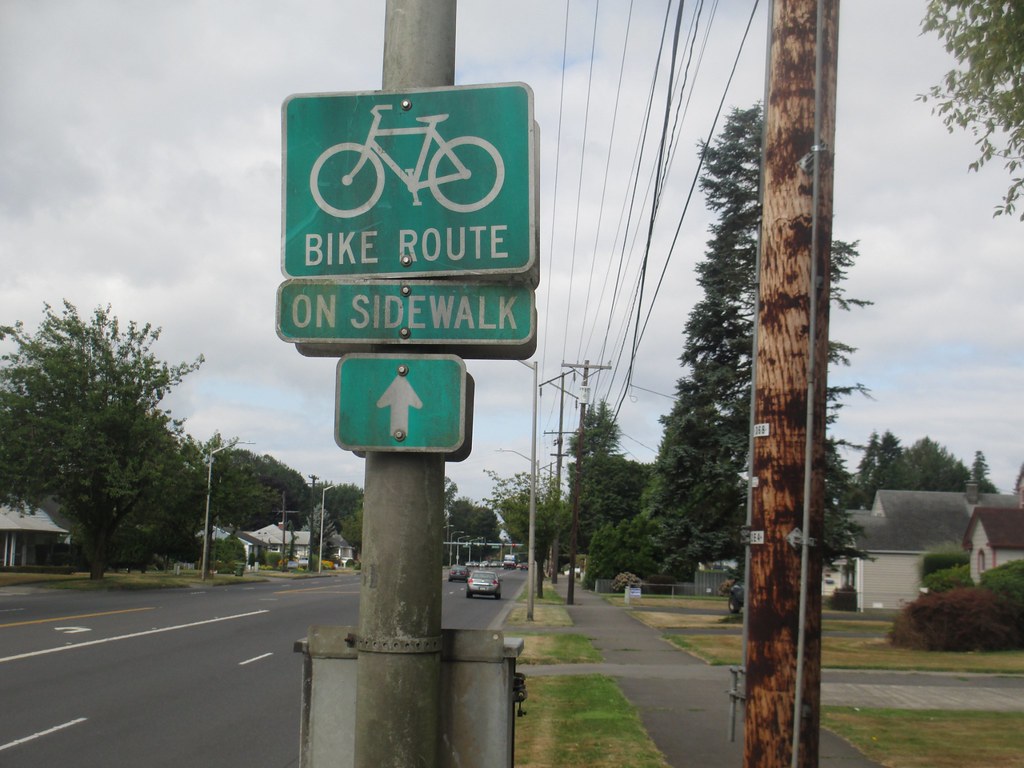I suspect you and @SomeoneElse are debating different understandings of designated. There are some mappers who apparently consider the presence of a pictograph on a sign to be a kind of “more than legally allowed”, yet not compulsory in the sense of arbitrarily compelling someone to go on a bike ride while they’re ill and bedridden.
I’ve heard various vague explanations of this phenomenon. It sounds like some countries decide between yes and designated based on who must give way to whom, as implied by signs. If access keys are about legal access, then why are these keys being overloaded with rules about how to use the way on a vehicle that’s already allowed to access the way? If cyclists are required to announce when they pass pedestrians on a given trail, should we indicate that in the same key as well?
Moreover, we cannot necessarily assume that giving way has so much to do with preeminence on a path. In my experience at least, cyclists and equestrians are always required to yield to pedestrians on shared use paths for safety reasons. For that matter, cars are required to yield to any pedestrian in a roadway, even if they’re illegally jaywalking. But turning highway=primary into highway=path foot=designated motor_vehicle=yes would be considered vandalism.
This priority-based designation definition is also counterintuitive to me as an American, since park signs here often literally say “Designated Bicycle Path” and the like, but it’s functionally no different than yes, unqualified. (The absence of such a sign can also mean yes, depending on context.) Instead, we tend to use designated to mean “not only allowed but also designed for”, or “not only allowed but also recommended”. That recommendation can come in the form of an explicit sign or some other indication, such as a name.
When one of these recommendations applies to a sidewalk, the sidewalk doesn’t automatically become a non-footway and a non-sidewalk. highway=footway pairs nicely with bicycle=designated.
Recommendations don’t have anything to do with the identity or legal access of a way, so why do we use designated in this manner? Because the tag exists, seemingly extraneously; it’s a slot that must be filled, rather arbitrarily.
Which creates a bit of a conflict if the path is anything but public. The trails in this nature preserve are closed to the public but still signposted for use by pedestrians who work at the preserve or study in certain academic programs at the university that owns it. These pedestrians have priority over – well, it’s only for pedestrians. Should it not be foot=designated and foot=private at the same time?
